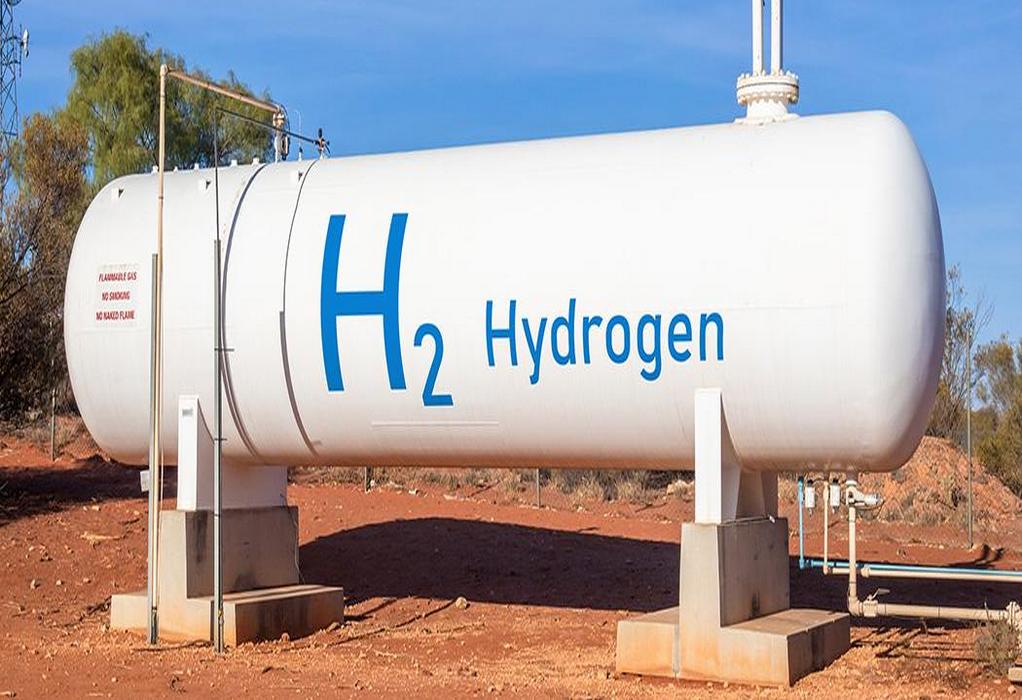Hydrogen could be the key to a low-carbon and resilient energy system that provides access to affordable, reliable, sustainable, and modern energy for all, and supports the transition to net-zero GHG emissions. On 22 September 2022, the Committee on Sustainable Energy at its 31st session discussed a “Comprehensive and science-based terminology, classification and taxonomy for hydrogen”, and decided that the United Nations Framework Classification for Resources (UNFC) be extended to hydrogen through development of specifications for the application of UNFC to Hydrogen as a matter of urgency.
While GHG emissions are the key criterion, there are other economic and social concerns that should be considered. Application of the United Nations Framework Classification for Resources (UNFC) to hydrogen could help provide a comprehensive and comparable grid to assess these. UNFC is a global standard for the sustainable management of natural resources such as minerals, petroleum, nuclear fuels, anthropogenic resources, renewable energy, geological storage, and groundwater. UNFC makes it possible for countries to manage their resource base as an integrated whole, ensuring environmental-social-economic viability.
Hydrogen is already strongly present in the mainstream media, where ‘colours’ of hydrogen – green, blue, yellow, turquoise, grey – refer to different production methods. Such colour coding, however, conveys little information about associated carbon dioxide emissions, let alone about other economic and social consequences of hydrogen production or trade.
The President of the European Commission, Ms. Ursula Von der Leyen, in her State of the Union address this month, announced that the EU plans to produce 10 million tonnes of renewable hydrogen by 2030. To this end, the EU intends to set up a European hydrogen bank in which it will invest €3 billion to help build the future hydrogen market.
Tags: GHGs, Hydrogen, Sustainable Energy, UNFC



Recent Posts
Scandlines Nears Delivery of Zero Emissions Ferry Following Successful Sea Trials
India faces emission roadblocks with rising net-zero demands
Green Energy Resources invests in two electric Liebherr LHM 550
NYK Launches Continuous Use of Bio LNG Fuel on Car Carriers to Advance Decarbonization Goals
Yang Ming Expands Fleet with Methanol and LNG Dual-Fuel Vessels Under Fleet Optimization Plan
ClassNK Advocates Speed Gap Monitoring to Optimize Fuel Efficiency in Heavy Weather
Wärtsilä’s retrofit package for the Corsica Linea ferry Pascal Paoli has resulted in fuel savings of up to 22 percent Corsica Linea
COSCO Shipping Names Second Methanol Dual-Fuel Containership in Yangzhou